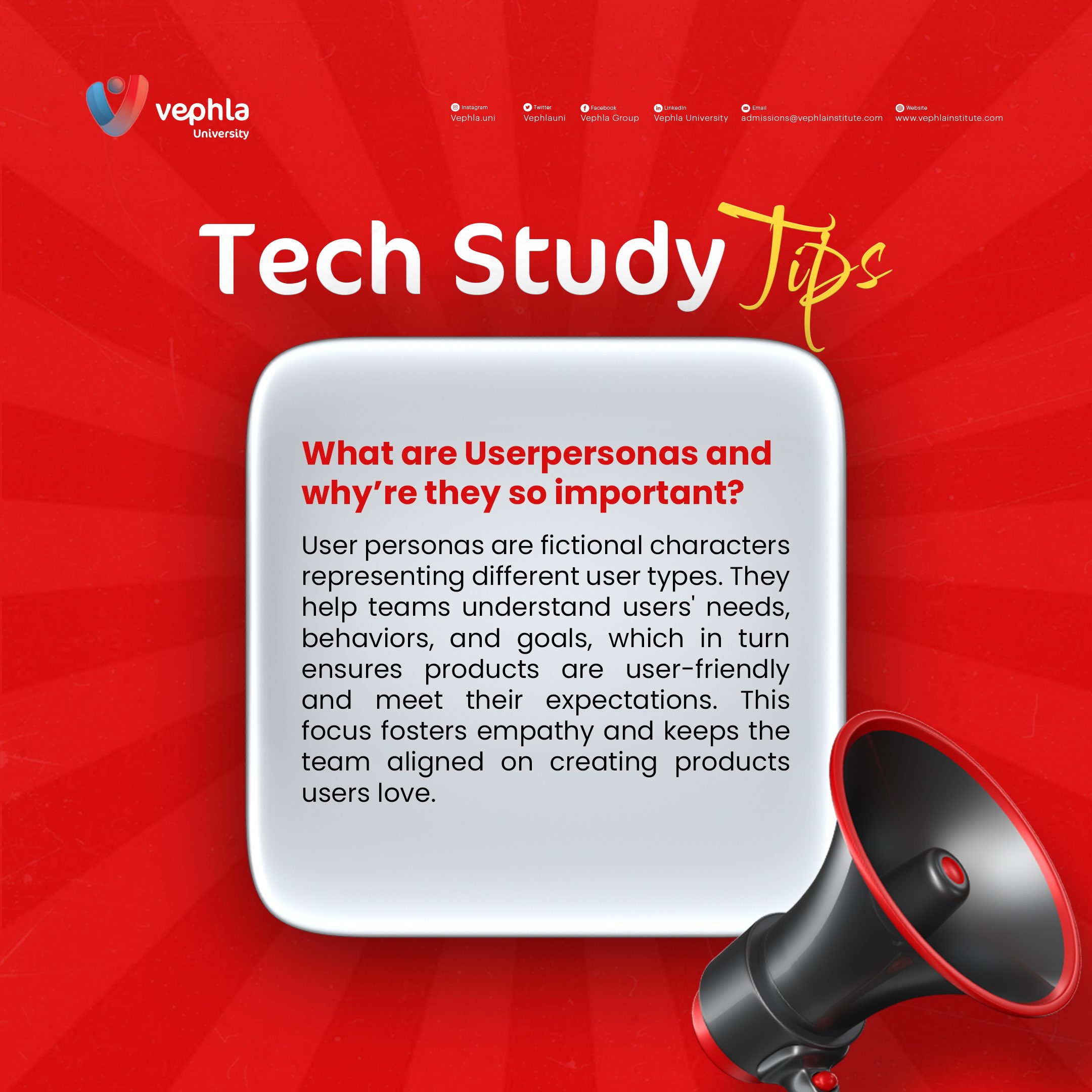Avoiding Pitfalls in UX Design: Creating Seamless and User-Centric Experiences
Understanding the Importance of User Experience (UX) Design
In today’s digital landscape, user experience (UX) design plays
a critical role in determining a product’s success. UX design is
the process of creating digital experiences that are easy to
use, enjoyable, and valuable for users. From apps and websites
to wearable devices, UX design is everywhere, and it influences
how we interact with technology daily.
The primary goal of UX design is to ensure that users find value
in what you provide to them. When done well, UX design can turn
a simple product into something delightful, memorable, and even
habit-forming. However, even the best designers can fall into
common traps that detract from the user experience. Here, we’ll
explore some of the most common mistakes in UX design and how to
avoid them.
Designing Without Considering the User’s Needs
One of the most fundamental mistakes in UX design is failing to
prioritize the user’s needs. Designers who focus solely on
aesthetics or their own preferences often miss the mark,
creating experiences that look great but are difficult or
frustrating for users. Remember, UX design is about solving
problems for real people. It’s essential to conduct thorough
research to understand who your users are, what they need, and
how they interact with your product.
User research, surveys, and usability testing are invaluable
tools for gathering insights. By engaging with users early and
frequently, designers can ensure they’re creating a product that
genuinely meets user needs rather than assumptions.
Overcomplicating Navigation
Navigation is the backbone of any digital product. When users
struggle to find what they’re looking for, they quickly become
frustrated and are likely to leave. Overcomplicated navigation
is a common issue, especially in large websites or complex
applications.
To create intuitive navigation, think from the user’s
perspective. Categories should be clear, labels should be
meaningful, and important actions should be easily accessible.
Less is often more when it comes to navigation. Providing too
many options or burying important information under multiple
layers can lead to confusion and frustration.
The Dangers of Information Overload
In UX design, there’s a fine balance between providing enough
information and overwhelming the user. Information overload
happens when users are presented with too much content at once,
making it difficult for them to process and engage.
Breaking information into manageable sections and prioritizing
key messages can enhance readability. Use headings, bullet
points, and visuals to organize content logically. The goal is
to guide users’ attention to what matters most and avoid
bombarding them with unnecessary details.
Inconsistent Design and Branding
Consistency in design is essential for creating a cohesive and
professional experience. Inconsistent fonts, colors, or button
styles can confuse users and make the product feel unpolished.
Maintaining consistency in design elements not only builds brand
trust but also reinforces usability by providing familiar
patterns for users.
Creating a style guide or design system can be an effective way
to ensure consistency. A design system provides a library of
reusable components and establishes rules for how they should be
used. This approach ensures that every part of the product feels
interconnected and aligned with the overall brand identity.
Neglecting Accessibility
Accessibility is an often-overlooked aspect of UX design, but
it’s crucial for inclusivity. Accessible design allows people
with disabilities to use digital products independently and
effectively. Neglecting accessibility can exclude a significant
portion of the user base and can lead to legal issues in some
regions.
Accessibility involves elements such as color contrast, keyboard
navigation, and screen reader compatibility. Making your product
accessible doesn’t only benefit users with disabilities—it also
improves the overall user experience for everyone. By
prioritizing accessibility, designers contribute to a more
inclusive digital world where everyone can participate.
Conclusion: Designing with Empathy and Purpose
Great UX design goes beyond visuals; it’s about understanding and solving real problems for real people. By avoiding these common mistakes and focusing on user-centered design principles, you can create experiences that are intuitive, engaging, and impactful. Remember, the best designs are those that feel effortless to use and leave users feeling empowered. Embrace a mindset of empathy, listen to user feedback, and continuously refine your approach to ensure that every user has a positive and meaningful experience.















